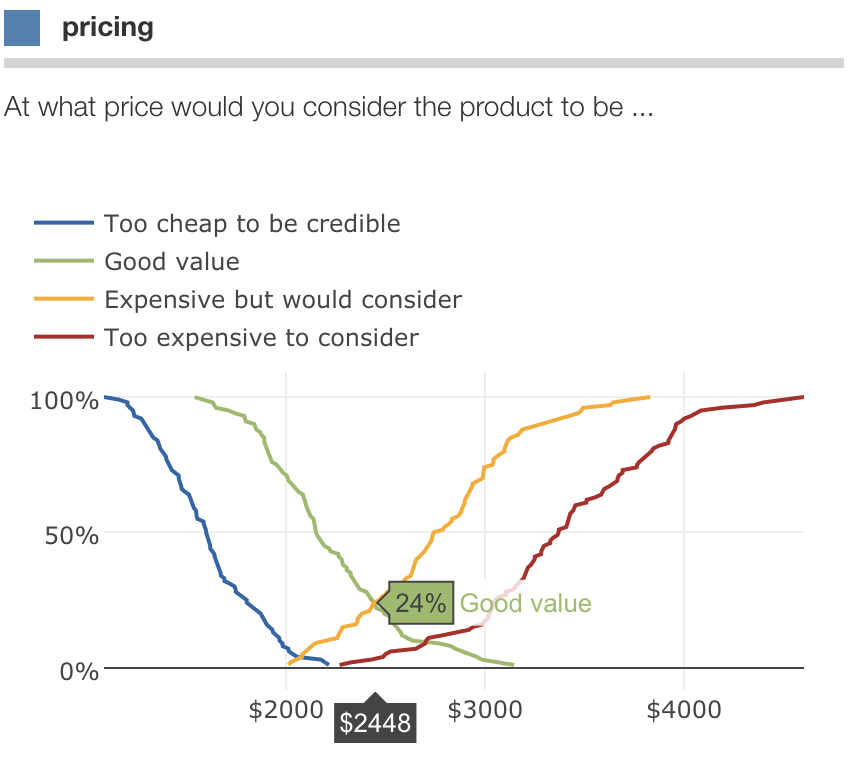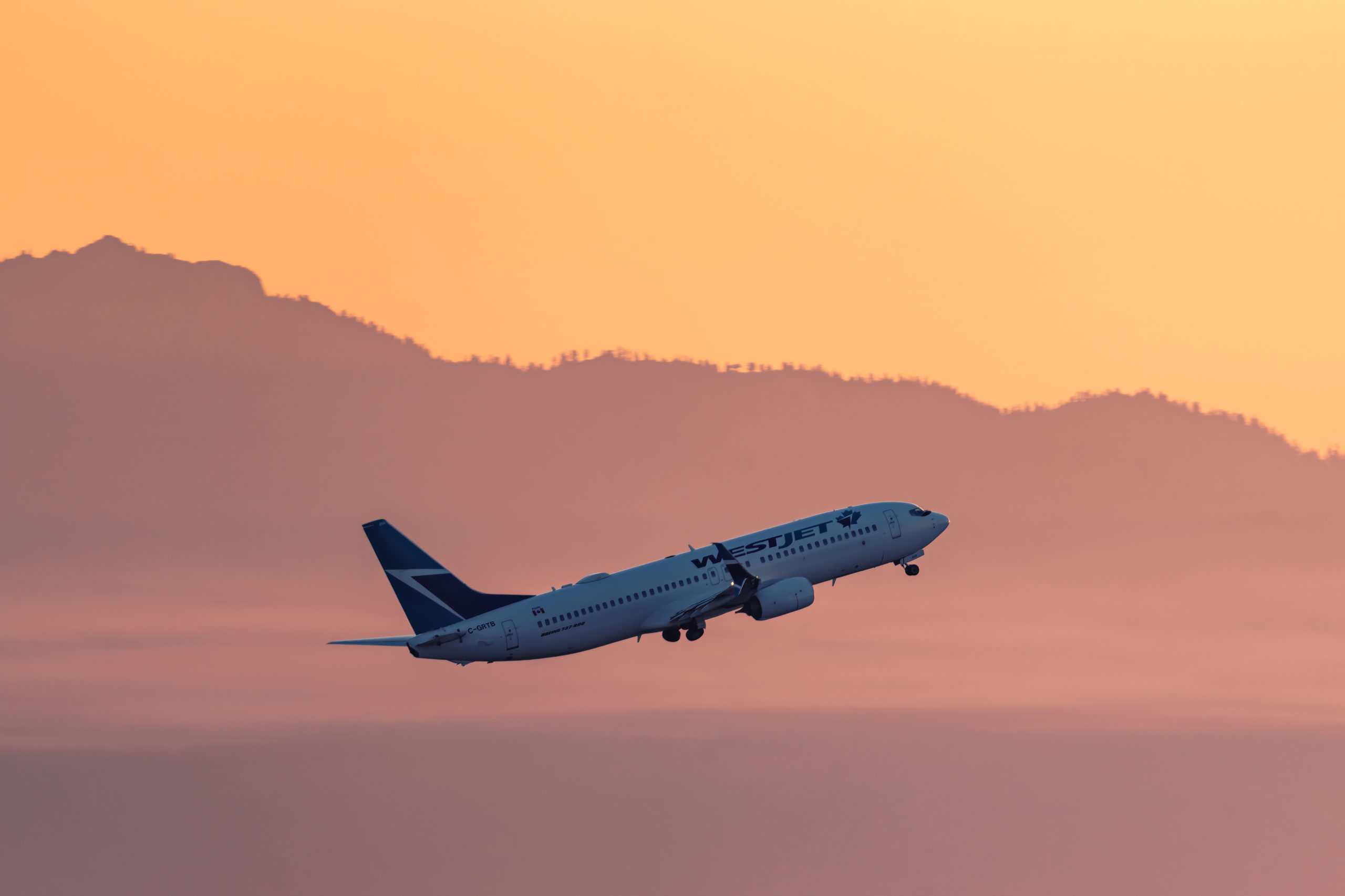In my previous post about what it’s like to work in Airline Loyalty, I covered off what it’s like to work for an airline, and in particular, WestJet.
Today, I thought I would shed light on some of the knowledge that someone should possess if they want to be successful within a loyalty department. This is of course subjective and solely based on my experience at WestJet, so your mileage may vary depending on your role and the airline you work for.
Because of the somewhat heady nature of these topics, I’ll focus on one subject at a time. Today, we focus on Understanding Airline Economics.
Basic Understanding of Airline Economics
Even though you are seeking a role within the Loyalty department, you would do well to understand how airline economics work, because it directly affects what you can and can’t do.
One of the most important aspects is understanding the idea of “distressed inventory” when it comes to airline seats and the specific role that business travellers play.
Price Elasticity
To prime you for a better understanding of this, we need to first understand the idea of price elasticity.
Non-essential goods are typically elastic, meaning that as soon as prices go up, demand goes down. Non-essential goods can be described as goods or services that you can live without, such as the latest iPhone or premium credit card on the market.
On the other hand, essential goods such as water are typically inelastic, meaning that no matter the cost, we as consumers tend to be willing to pay that cost.
Price Sensitivity
Your next question may be: “Is travel considered to be elastic or inelastic?” Well, that depends on who you are and what your price sensitivity is.
Think about the price of a Big Mac as an example. At the time of writing, a Big Mac costs $5.59 (CAD) and economists at McDonald’s have carefully examined all the factors that play into the cost of the burger in addition to how much profit each burger should generate and they have weighted that things against demand.
If McDonald’s suddenly changed the price of a Big Mac to $49.99 per burger, many would simply stop purchasing the burger because they are price sensitive, meaning that the price of the item largely determines if you are willing to purchase it.
Now, even at $49.99 per burger, there are some people that are so in love with the world-famous sandwich that they are willing to pay the exorbitant pricing that McDonald’s economists have conjured up. Those people are considered price insensitive.
Price insensitive customers are driven by factors other than price. In this example, perhaps it’s a way to connect with an NCAA National Football Championship Team and show them that you’re the “cool” president and that you “get them”.

Leisure vs. Business Travellers
In a very broad-brush classification, we could say that leisure travellers (i.e., those travelling for fun) are price sensitive. If the cost of a flight to New York is too high, they will either wait until prices are more attractive or simply not fly.
Business travellers, however, are largely price insensitive. If there is an important contract to sign in New York and the only time that works to consummate this arrangement is tomorrow, the business traveller will look for any flight that will get her to New York in time, regardless of the cost.
Why Does This Matter?
I’m sure you have gone into your local grocery store and seen a sticker for a dollar off a 4L of milk. That’s because if the store doesn’t sell it before it expires, it’s a sunk cost, so it behooves the grocery store to liquidate its inventory.
However, airlines don’t work in the same way. The value of unsold airline tickets also goes to zero as soon as the plane takes off, but they aren’t priced the same way as other time-sensitive commodities like milk.
As you get closer to the date of departure, airline tickets go up in price rather than down, which may be counterintuitive at first – but it makes sense if you think about the business traveller. If an airline reduced costs as it got closer to the day of travel, it would not be able to capitalize on the price insensitivity of business travellers.
Essentially, airlines are gambling that the high price that a business traveller will pay on a close-in flight will generate more revenue than if they reduced the price and a few leisure travellers booked the seat last-minute.
Also, remember that leisure travellers tend not to be all that flexible. So even if an airline reduced prices for last-minute tickets, how many seats would they sell to leisure travellers? Probably not that many.
Distressed Inventory
The seats that are left unsold 1–2 weeks out are considered “distressed inventory”, meaning that they are unlikely to sell. Still, as discussed above, airlines are not willing to discount these distressed inventory seats because there is the potential that a business traveller may pay a premium for those seats.
So, what do you do with these distressed inventory seats?

Airline Loyalty Programs to the Rescue
If an airline cannot discount its distressed inventory seats but they want to get some value from these seats, what options do they have? Well, the answer is to release these seats for points redemptions.
If you’ve been in the game a while, you’ll know that there are some airlines that are better at this than others. Lufthansa, Cathay Pacific, and Emirates come to mind as airlines that release plenty of close-in availability for points redemptions.
This form of active inventory management allows the airline to unload distressed inventory seats at a steep discount, but without actually making the discount transparent.
As these seats are available for points redemptions, most of the public (except you fine readers) don’t understand that the points redeemed are a mere fraction of what a cash ticket would cost.
In this fashion, an airline loyalty program allows airlines to unload seats without letting the public know that the seats are deeply discounted.
Loyalty vs. Revenue Management
When you work for an airline loyalty program, your primary business partner is Revenue Management, also known as “RevMan”.
RevMan’s primary objective is to increase revenues for the airline by whatever means at its disposal, but because many airlines are driven by quarterly results, short term results are the name of the game.
That’s in direct conflict with the goals of the Loyalty department. Our goal is to also increase the revenues of the airline, but our outlook is much longer-term.
If you think about how much time the average loyalty program member requires to earn enough points or miles to redeem for a flight to Europe, you’ll understand that the work of the Loyalty team must reflect a great deal of patience, as it can sometimes take years to build that loyalty.

My Experience Working with Revenue Management
Much of the success of any airline’s loyalty program is determined by how well they can work in tandem with Revenue Management, even though the two departments often have competing agendas between short-term and long-term goals.
Indeed, my day-to-day work in the Loyalty department often required thinking about how we could achieve both the short-term and long-term goals of the airline with RevMan. But to be honest, it was always difficult to pull the attention of the Revenue Management department away from the quarterly results.
As a result, many of the initiatives that I wanted to implement to improve the WestJet Rewards loyalty program often failed to materialize.
As an example, I had built a redemption chart that would allow for the combination of partner flights (Delta, Air France/KLM, Qantas) with WestJet flights, but Revenue Management was unwilling to agree to a set price for the WestJet portion of the redemption because there was no certainty as to where the flight would originate from.
RevMan continued to push for a dynamic award chart to recuperate costs, while I was pushing for a fixed redemption chart to provide value to WestJet customers. Unfortunately, a compromise could not be worked out.
If your Revenue Management partners cannot understand the value of unloading seats that will simply fly empty without loyalty redemptions, it’s going to be very challenging to get much done.
Conclusion
I’ve only scratched the surface of airline economics, but I’ve tried to give you at least a working knowledge of what drives some of the decisions made by an airline loyalty department and the complicated interplay between two competing goals: short-term and long-term revenue generation.
Next up, we’ll talk about credit card acquisition channels and the ways we try to affect behaviours.




















Cash prices of tickets increase as the date of departure nears. Distressed inventory seats are released for award redemption. However if the royalty program employs dynamic pricing which correlates to the cash price, wouldn’t that disincentivise loyalty program consumers from redeeming award seats, hence defeating the purpose?
To what extent do factors such as different fare buckets, seasons, oil prices, labour cost, airline’s fixed cost at different airports affect pricing? What other factors are at play?
Can you write an article about cost of operating an airline, using an airport, establishing a hub and why airlines have such low profit margins except Emirates?
Love the insights. Thank you.
Incomplete goal alignment between departments in a company explains so much. It makes the seemingly irrational, suddenly rational.
I had a recent bad experience with The HomeService Club in Toronto that tested
my loyalty. They had no empathy, no desire to engender loyalty and frankly no common sense. I have strived to figure out why they would disappoint me and let me post negative reviews about their poor business model over a mere $150 when my contracts with them were in the thousands
of dollars! But maybe some organizations don’t understand the relationship aspect of business and the importance of loyalty.
I’m here for the discussion to follow.
Thanks for another great insight into “the other side” of our hobby.
Question: How does AC’s new dynamic pricing of reward flight affect distressed inventory? As the cost of close in cash fares rise, so will the cost of reward redemptions, no? Or would the rate of increase for reward redemptions be less than the rate of increase for cash fares?
Would you see a possibility where it would be cheaper to buy points at the last minute (at the full 3 cents per point) and redeem them than to buy cash fares?
Hi Leon, excellent question and while I don’t profess to know exactly what Air Canada has up their sleeve, it’s a good assumption that on Air Canada only flights, redemption pricing will largely be aligned with cash fares. That being said, one of the great benefits of a dynamic pricing model is that the airline has complete flexibility in how they want to price a flight.
For example, if there is massive availability on a business route, say Vancouver to Toronto, AC might not want to discount the cash fare close in because they want to capture all the margin coming in from business travellers that book at the last minute. Instead of discounting the cash fare, they could put on an Aeroplan Points seat sale to fill the plane. Usually these kinds of things are manual interventions to the algorithms that are normally automatically pricing the number of Aeroplan points per flight.
To answer you final question, there certainly could be instances that paying 3¢/Aeroplan point for a redemption might just come in cheaper than the cash fare itself – it’s all going to depend on Air Canada’s philosophy on last minute Aeroplan redemptions.
Jon, COVID has certainly thrown a wrench into traditional airline economics and I think you have a valid point around business travel being reduced, but as someone that has worked in Business Development for many years, I can honestly say that you really do get a lot more done in person than via a Teams or Skype call.
In my organization, we are starting to see people begin to travel for business meetings and while it may never get back to the same levels as prior to COVID, I think there are still likely to be business people travelling for work. You may not see people flying across large distances for a one hour meeting but you will likely see a more consolidated approach where you book multiple meetings over a week and justify the cost of business travel that way.
How Revenue Management approaches this new world is still to be seen but I would have to guess that the likelihood of discounted seats close-in is highly unlikely. What you might see is more award seats being released as a result of reduced demand from business travellers, which is great for this community.
It’s a complicated question, especially when you consider how an airline might want to create scarcity to up the desire for people to experience their product – look at Swiss and Air France First Class and the many hoops you need to jump through to book those seats as award seats. There is the potential that some airlines are just willing to have their planes fly empty to create that desire/demand … but ultimately, it’s not a smart long term play.
Ed Simms had mentioned in a recent interview that business travel will, for the near few years at least, will not recover. The need for a 5 hour flight accross several time zones for a one hour meeting and back would be impractical. So do you think this will affect the revenue management approach if these seat sales go down? ( not that West Jet has a ton of premium seats)